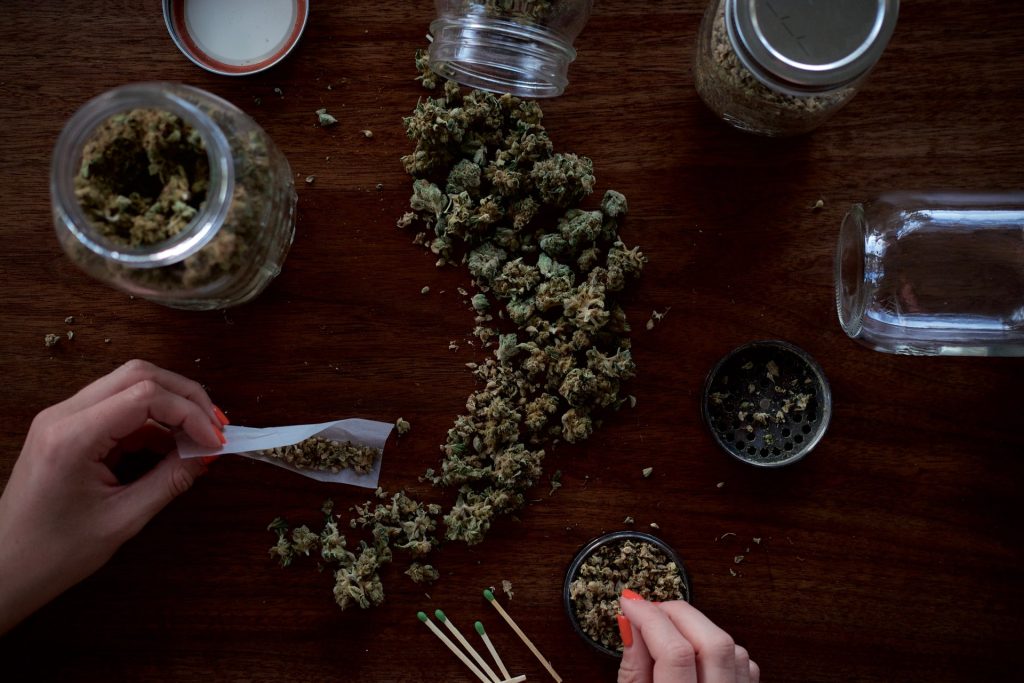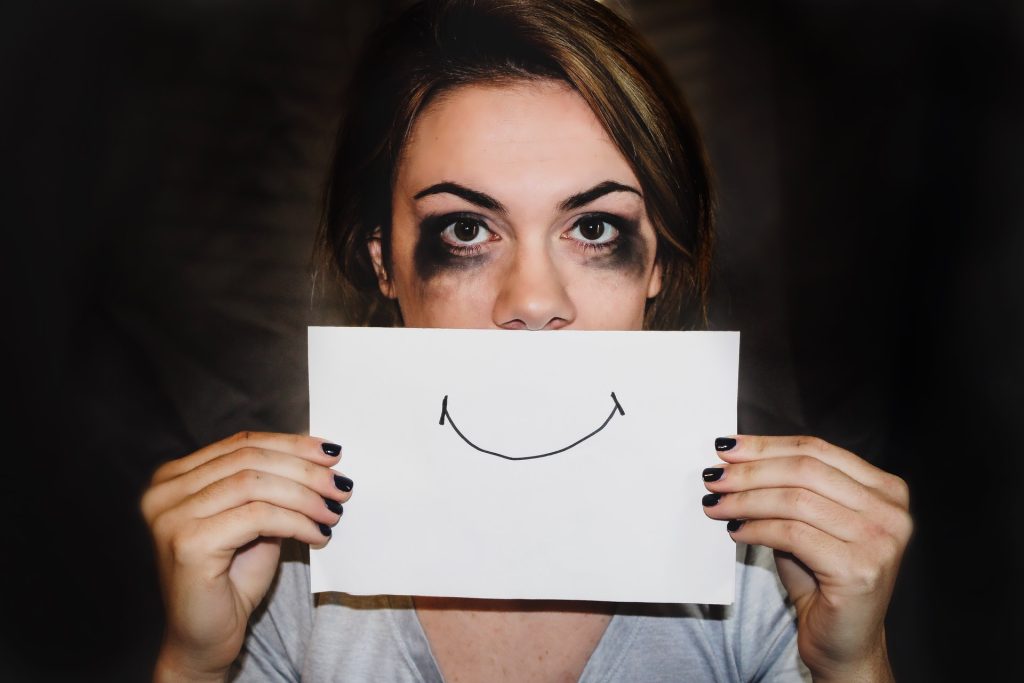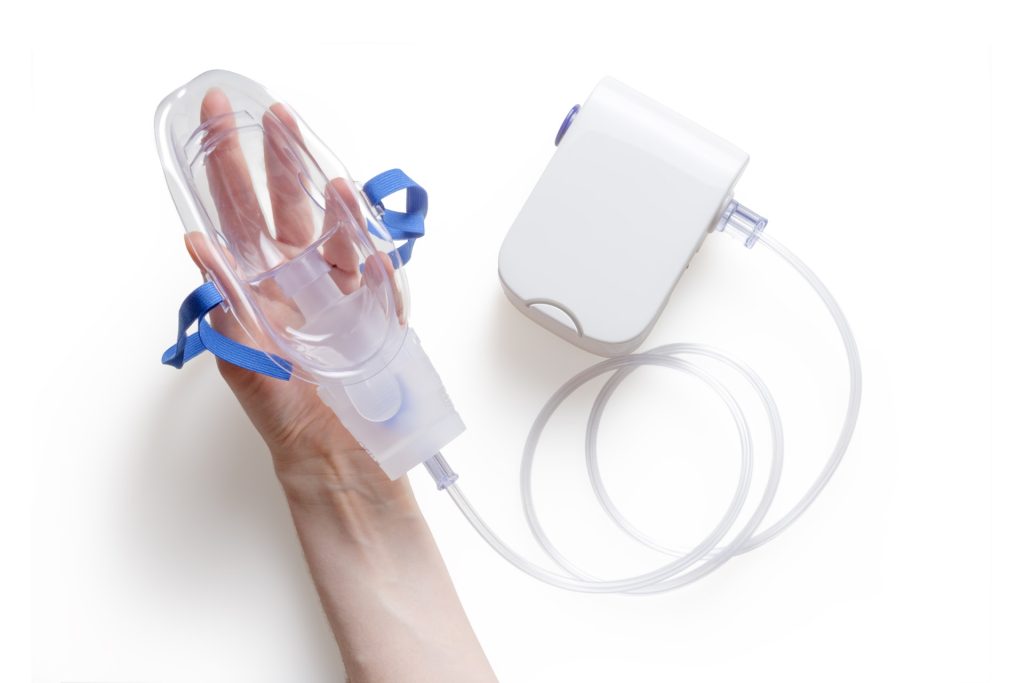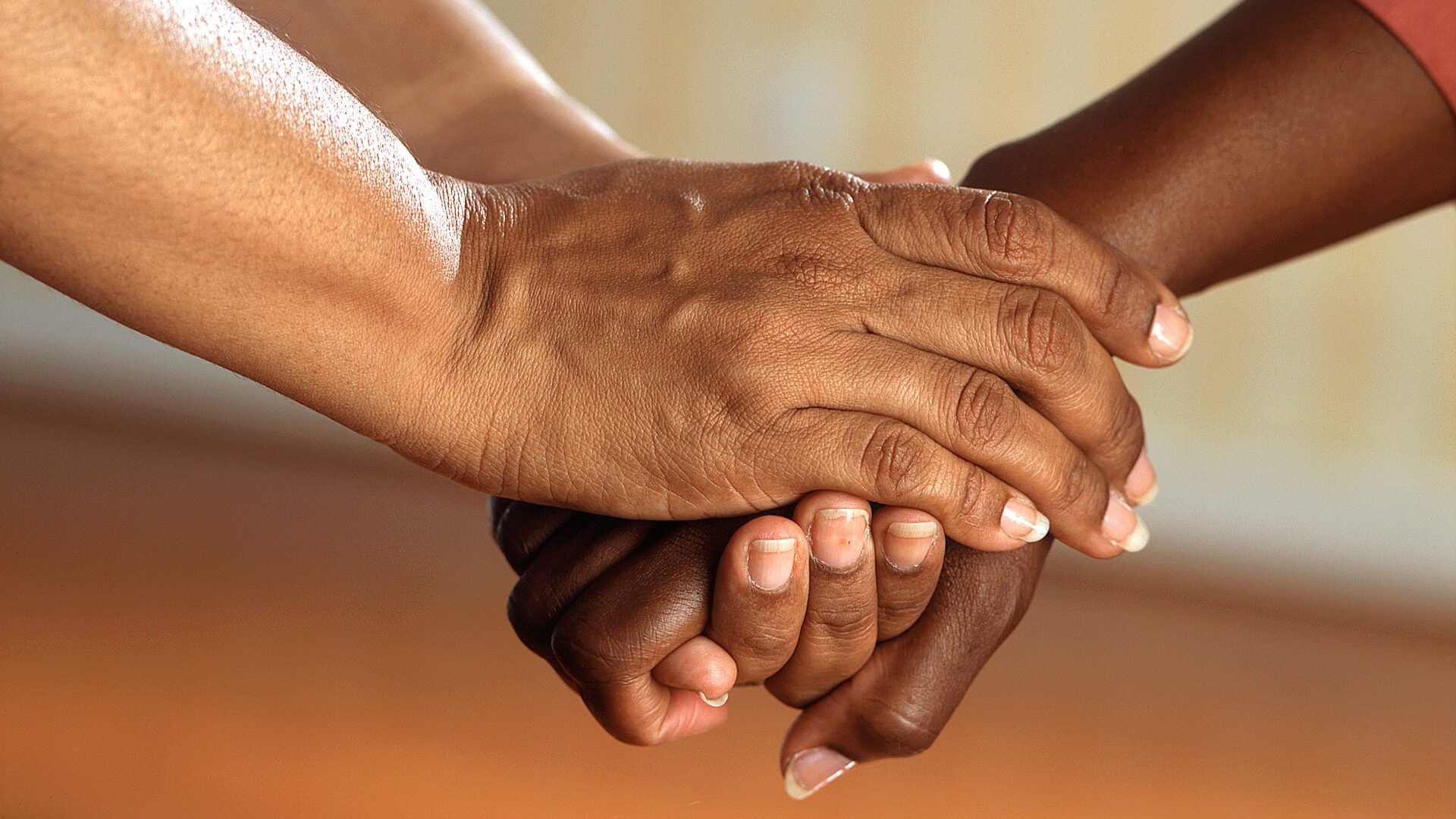Possible Cannabis Link to Suicidality in Young Adults

Cannabis use among young adults was associated with increased risks of thoughts of suicide (suicidal ideation), suicide plan, and suicide attempt, according to a population analysis.
These associations remained regardless of whether someone was also experiencing depression, and the risks were greater for women than for men. The study was conducted by researchers at the National Institute on Drug Abuse (NIDA), part of the National Institutes of Health.
“While we cannot establish that cannabis use caused the increased suicidality we observed in this study, these associations warrant further research, especially given the great burden of suicide on young adults,” said senior author NIDA Director Nora Volkow, MD. “As we better understand the relationship between cannabis use, depression, and suicidality, clinicians will be able to provide better guidance and care to patients.”
The number of cannabis-using adults in the US more than doubled from 22.6 million in 2008 to 45.0 million in 2019. Over the same period the number of adults with depression also increased, as did those reported suicidal ideation or who committed suicide. However the link between cannabis and suicidality is not well understood.
Setting out to address, NIDA researchers examined data from the 2008-2019 National Surveys on Drug Use and Health (NSDUH). NSDUH collects nationally representative data among the US civilian population age 12 or older on cannabis use and use disorder, depression, suicidality, and other behavioural health indicators. In addition to determining the associations between these factors, the researchers examined whether the associations varied by gender. They examined data from 281 650 young adults ages 18 to 35 years, the age range where most mood and substance use disorders emerge.
Four levels of past-year cannabis use were compared: no cannabis use; nondaily cannabis use; daily cannabis use (use on at least 300 days per year); and presence of cannabis use disorder, assessed on specific criteria for a pattern of continued cannabis misuse. The prevalence of major depressive episodes based on specific diagnostic criteria measured through the survey was used to measure depression. To identify suicidality trends, the tean separately assessed the trends in the prevalence of past-year suicidal ideation, plan, and attempt as reported in the 2008-2019 NSDUH surveys.
The study found that even nondaily cannabis users were more likely to have suicidal ideation and to plan or attempt suicide than complete non-users. These associations remained regardless of comorbid depression. In people without a major depressive episode, about 3% of those who did not use cannabis had suicidal ideation, compared with about 7% of those with nondaily cannabis use, about 9% of those with daily cannabis use, and 14% of those with a cannabis use disorder. In people with depression, 35% of non-users had suicidal ideation, compared to 44% of nondaily cannabis users, 53% of daily cannabis users, and 50% of those with cannabis use disorder. Similar trends existed for the associations between different levels of cannabis use and suicide plan or attempt.
Additionally, the researchers found that women with any cannabis use were more likely to have suicidal ideation or report a suicide plan or attempt than men with the same levels of cannabis use. For example, among individuals without major depressive episode, the prevalence of suicidal ideation for those with vs without a cannabis use disorder was 13.9% vs. 3.5% among women and 9.9% vs. 3.0% among men. In individuals with both cannabis use disorder and major depressive episode, the prevalence of past-year suicide plan was 52% higher for women (23.7%) than men (15.6%).
“Suicide is a leading cause of death among young adults in the United States, and the findings of this study offer important information that may help us reduce this risk,” explained lead author Beth Han, MD. PhD, MPH, from NIDA. “Depression and cannabis use disorder are treatable conditions, and cannabis use can be modified. Through better understanding the associations of different risk factors for suicidality, we hope to offer new targets for prevention and intervention in individuals that we know may be at high-risk. These findings also underscore the importance of tailoring interventions in a way that take sex and gender into account.”
Source: National Institutes of Health










